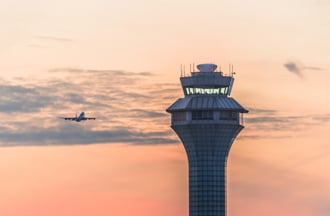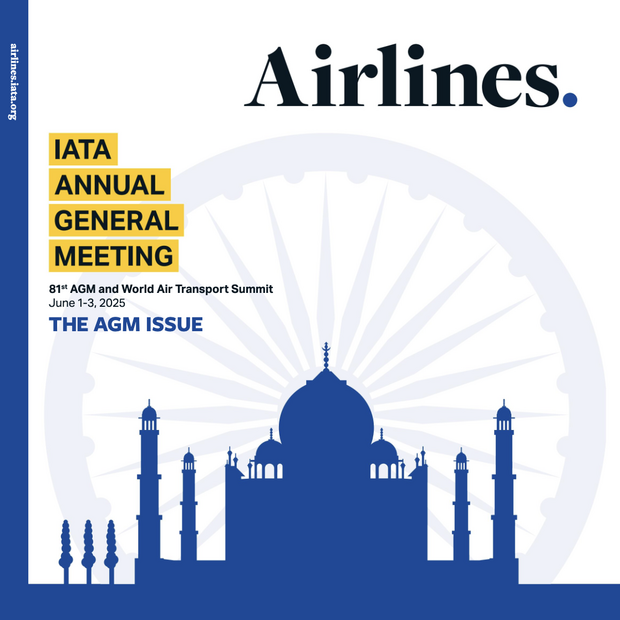
Cologne — The International Air Transport Association (IATA) and the European Union Aviation Safety Agency (EASA) have published a comprehensive plan to mitigate the risks stemming from global navigation satellite system (GNSS) interference. The plan was part of the conclusions of a jointly-hosted workshop on the topic of GNSS interference.
Given the continued rise in frequency of s of interference with GNSS signals, the workshop concluded that a broader and more coordinated approach is needed — focusing on four key areas: improved information gathering, stronger prevention and mitigation measures, more effective use of infrastructure and airspace management, and enhanced coordination and preparedness among relevant agencies.
Reported incidents of interference with GNSS signals, known as jamming and spoofing, have been increasing across Eastern Europe and the Middle East in recent years. Similar incidents have been reported in other locations globally. The initial response focused only on containing those GNSS interference incidents.
“GNSS disruptions are evolving in terms of both frequency and complexity. We are no longer just containing GNSS interference — we must build resilience. The evolving nature of the threat demands a dynamic and ambitious action plan,” said Jesper Rasmussen, EASA Flight Standards Director. “Through collaboration with partners in the European Union and IATA and by supporting the International Civil Aviation Organization (ICAO), we are committed to keeping aviation safe, secure, and navigable.”
“The number of global positioning system (GPS) signal loss events increased by 220% between 2021 and 2024 according to IATA’s data from the Global Aviation Data Management Flight Data eXchange (GADM FDX). And with continued geopolitical tensions, it is difficult to see this trend reversing in the near term. IATA and EASA are working together to reinforce the redundancies that are built into the system, to keep flying safe. The next step is for ICAO to move these solutions forward with global alignment on standards, guidance, and reporting. This must command a high priority at the ICAO Assembly later this year. To stay ahead of the threat, aviation must act together and without delay,” said Nick Careen, IATA Senior Vice President, Operations, Safety, and Security.
Detailed Workshop Outcomes
The workshop concluded that four workstreams are critical:
1. Enhanced Reporting and Monitoring
- Agree on standard radio calls for reporting GNSS interference and standardized notice to airmen (NOTAM) coding, i.e. Q codes.
- Define and implement monitoring and warning procedures, including real-time airspace monitoring.
- Ensure dissemination of information without delays to relevant parties for formal reporting.
2. Prevention and Mitigation
- Tighten controls (including export and licensing restrictions) on jamming devices.
- Support the development of technical solutions to:
- reduce false terrain warnings;
- improve situational interference with portable spoofing detectors; and
- ensure rapid and reliable GPS equipment recovery after signal loss or interference.
3. Infrastructure and Airspace Management
- Maintain a backup for GNSS with a minimum operational network of traditional navigation aids.
- Better utilize military air traffic management (ATM) capabilities, including tactical air navigation networks and real-time airspace GNSS incident monitoring.
- Enhance procedures for airspace contingency and reversion planning so aircraft can navigate safely even if interference occurs.
4. Coordination and Preparedness
- Improve civil-military coordination, including the sharing of GNSS radio frequency interference (RFI) event data.
- Prepare for evolving-threat capabilities, also for drones.
The workshop was held at EASA’s headquarters in Cologne, Germany on 22-23 May and was attended by over 120 experts from the aviation industry, research organizations, government bodies, and international organizations.
For more information, please contact:
Corporate Communications
Tel: +41 22 770 2967
Email: corpcomms@iata.org
Notes for Editors:
- IATA (International Air Transport Association) represents some 360 airlines comprising over 80% of global air traffic.
- You can follow us on X for announcements, policy positions, and other useful industry information.
- Fly Net Zero

